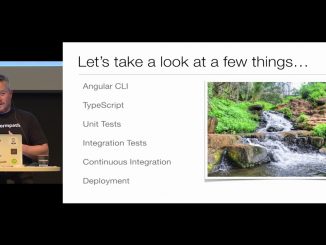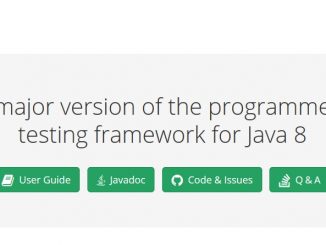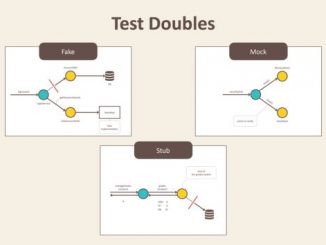Tutorials and resources on how to apply unit testing in software testing
The best reason for writing tests is to automate your testing. Without tests, you will likely perform software testing manually. This manual testing will take longer and longer as your codebase grows. This video presents how to test an Angular 2 application. Learn how to use to JavaScript open source testing tools: Jasmine, a Behavior Driven Development (BDD) testing framework for JavaScript, to unit testing components and Protractor, a testing framework for Angular and AngularJS applications, for integration testing. This presentation explores also coverage options and continuous integration tools.
JUnit 5 is the next generation of JUnit. The goal of this upcoming version is to create an up-to-date foundation for developer-side testing on the JVM. The evolution includes focusing on Java 8 and above, as well as enabling many different styles of testing. In his article, Nicolai Parlog explains how you should write tests with JUnit 5.
When you perform unit testing, there are many situations where you don’t have the full code or the right context that is needed to execute it. It might be that part of the code is not written yet or that you interact with an external system that is difficult to access or you don’t want to impact with unit tests. In these cases, you need to create a test double, an object that behaves like its production equivalent. In this article, Michał Lipski describes three types of test doubles – fake, stub and mock – and gives you examples when to use them in your unit testing.
Jasmine is an open source behavior-driven development (BDD) framework for testing JavaScript code. Angular is a development platform for building mobile and desktop web applications using Typescript/JavaScript (JS) and other languages. In his article, Gerard Sans offers a presentation of Jasmine, discusses the unit testing of AngularJS and shares some Unit Testing recipes for Angular 2: Components, Services, Http and MockBackend, Directives, Pipes, Routes, Observables and EventEmitter.
What might seem obvious to some people could be weird to other. This is still the case for applying unit testing to JavaScript code in multiple browsers. In his blog post “Learning How to Set Up Automated, Cross-browser JavaScript Unit Testing”, Philip Walton provides a step-by-step approach process to create some automated testing of your JavaScript code.
Mockito is a popular and powerful open source Java mocking framework. In order to achieve good unit tests, you need to make use of mocks and stubs. And that’s exactly what this talk will be about: What is a mock?
Rules have disappeared in the version 5 of the JUnit open source Java testing tools. The release 5 of JUnit is still in alpha status. In this article, Herrmann Rüdiger explores what it would take to transform existing rules to the new concept so that they could run natively on JUnit 5.








